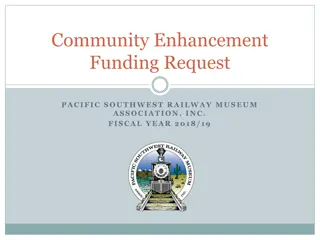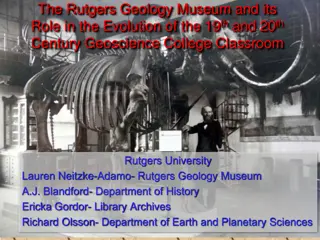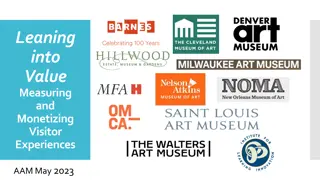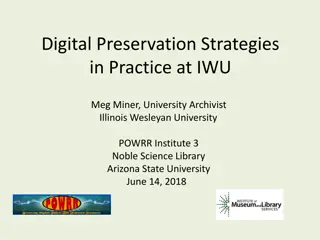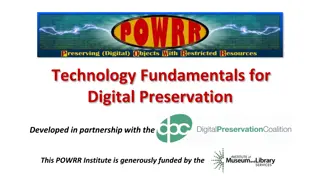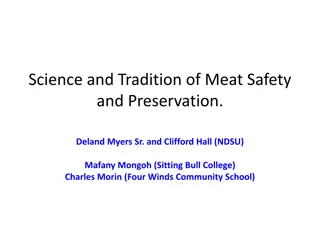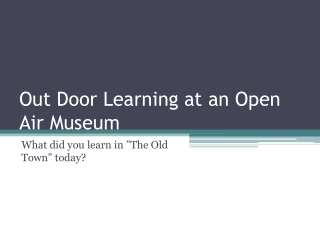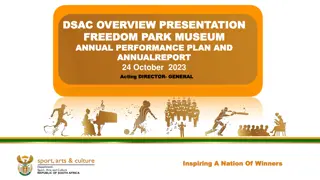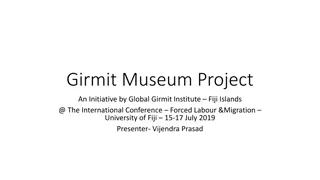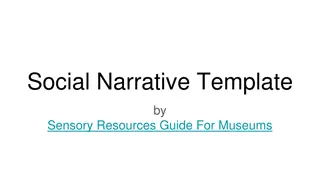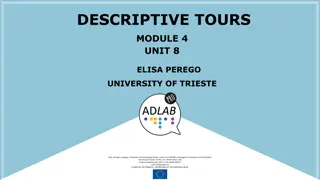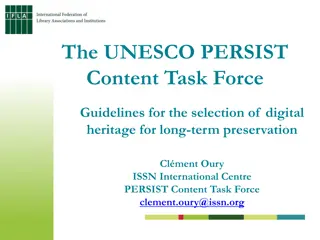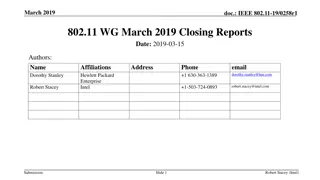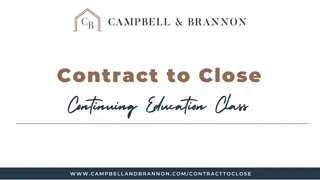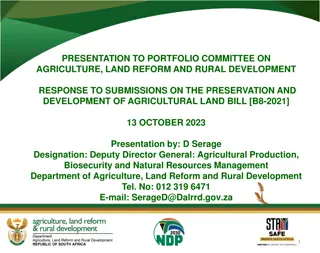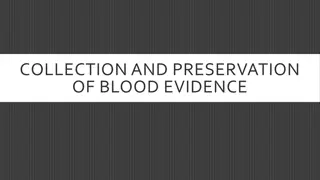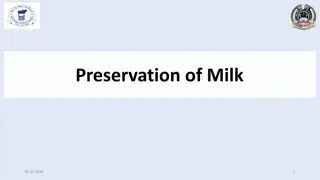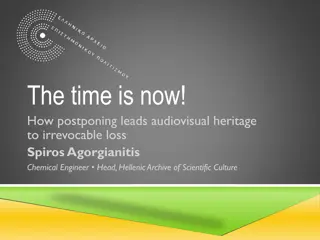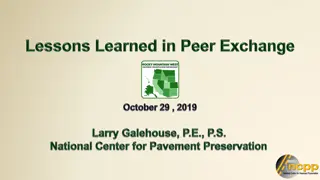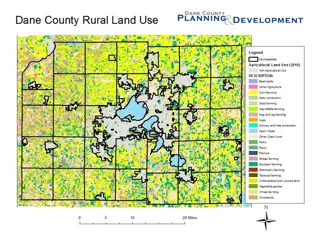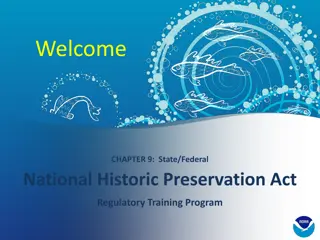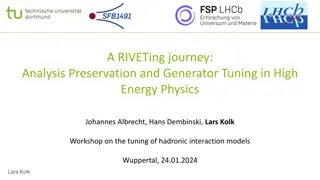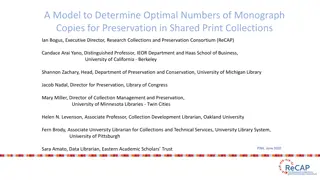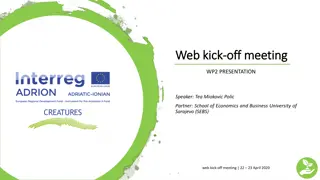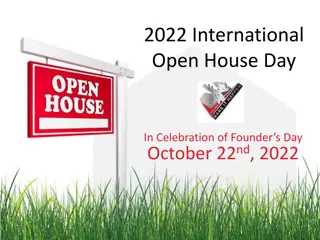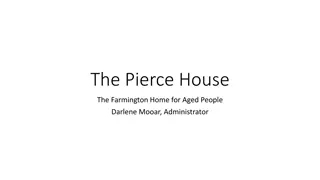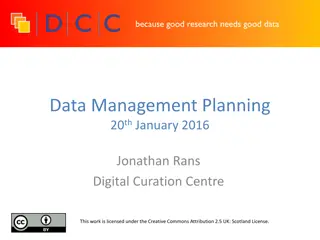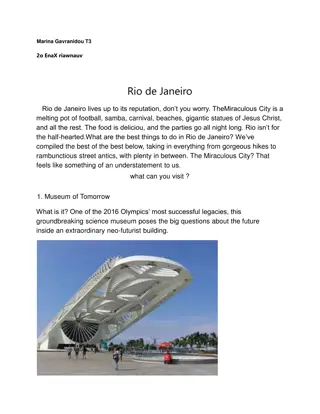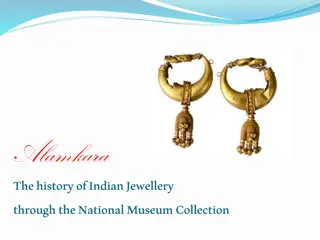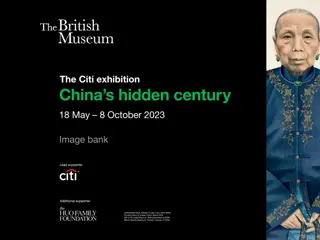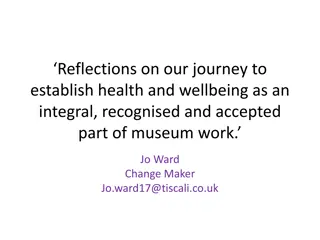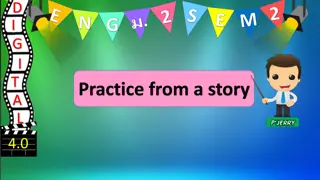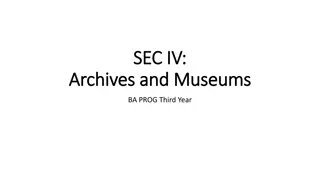Closing a House Museum: Preservation Success Strategies
Amid challenges faced by house museums, experts gather to discuss successful preservation strategies. Discussing financial assessments, site considerations, and options for future operations, the event showcases insights and experiences from notable speakers.
Download Presentation

Please find below an Image/Link to download the presentation.
The content on the website is provided AS IS for your information and personal use only. It may not be sold, licensed, or shared on other websites without obtaining consent from the author. Download presentation by click this link. If you encounter any issues during the download, it is possible that the publisher has removed the file from their server.
E N D
Presentation Transcript
Closing a House Museum: From Lemons to Lemonade American Association for State and Local History Richmond, Virginia September 14/15, 2011 Thompson Mayes Deputy General Counsel National Trust
Speakers James Vaughan, Historic Site Consultant Tom Mayes, Deputy General Counsel, National Trust Cindy Boyer, Director of Museums and Education, Landmark Society of Western New York Ken Turino, Manager of Community Engagement and Exhibitions, Historic New England
Closedown Checklist Historic House Closedown Checklist Introduction. This Historic House Closedown Checklist was developed by the National Trust for Historic Preservation as a quick tool for organizations to use when considering the future of a historic site that has been open to the public. The intent is to provide a summary of the considerations that an organization may need to assess before, during and after making a decision to close a historic house. In all cases, consultation with qualified legal, accounting and site professionals is strongly encouraged as the organization considers the future of a historic house. I. Site Assessment A. Finances 1. Endowment Restricted/Board Designated
Closedown Checklist ASSESSMENT
Assessment of Options Strengthen/Continue Operations Mothball or Stabilize the Site Transfer to Another Institution/Keep Open to the Public Close to the Public but Retain Site for Different Purpose Close to the Public/Transfer the Site to Private Ownership
Legal Considerations A. Gather information about legal status of assets 1. Is real estate restricted or held in trust 2. Are objects in the collection restricted or held in trust 3. Are funds restricted or held in trust B. Legal Standards 1. What will state/local law require in the disposition of assets? 2. What Process is Required?
Ethical Standards What do applicable ethical standards require for the organization in treatment of assets? 1. American Association of Museums 2. American Association for State and Local History 3. Land Trust Alliance .
Consultation " Colonial Williamsburg officials announced today that historic Carter s Grove Plantation will be put up for sale, but not until federal and state agencies agree on how to protect the 18th century mansion from commercial and residential development. The home, built in the mid- 1700s, sits on 400 acres fronting on the James River. It has 35 rooms. The property is about eight miles from Williamsburg on U.S. 60. Colonial Williamsburg officials will work with the National Trust for Historic Preservation and the state Department of Historic Resources to assure that the property will be fully protected when offered for sale." Full story: pilotonline.com Contributed by: eCultural Resources
Protections for Assets that Should be Protected Transfer to organizations with shared/related mission a. Museum collections to other museums b. Real Estate to be kept open to the public c. Transfer for other related purposes, such as land conservation Consideration of Easements/Protective Covenants for Significant Real Estate
Endowment/Proceeds Appropriate Disposition of Financial Assets/Proceeds a. Expenses of Close-down/Transfer b. Easement endowment c. Other Mission Driven Purposes d. Other Public Purposes (other organization)





